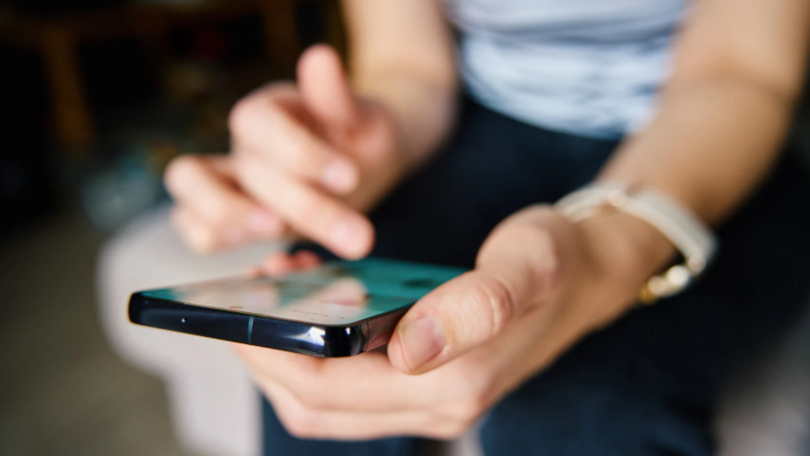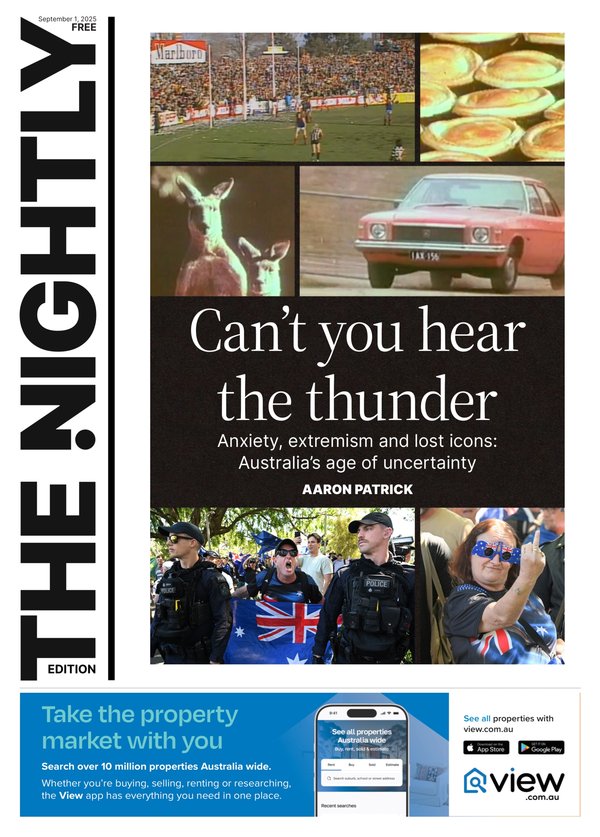Under 16s social media ban: Landmark study shows age verification possible but laden with risks and bias

A landmark study ahead of Australia’s planned social media ban for users under 16 has found that age verification is possible but it’s laden with risks, errors and bias.
The 1200-page report into age assurance technology released by the government on Monday came 100 day from the ban’s implementation date of December 10.
It found while no single method for age verification is fool proof, it is technically possible using a variety of methods, including government ID checks, parental consent, or AI-based age estimation based on facial structure, gestures, or behaviours.
Sign up to The Nightly's newsletters.
Get the first look at the digital newspaper, curated daily stories and breaking headlines delivered to your inbox.
By continuing you agree to our Terms and Privacy Policy.The report also found the technology was less accurate for girls and non-Caucasian faces, with age estimates typically off by two to three years.
Communications Minister Anika Wells and eSafety Commissioner Julie Inman-Grant will soon release the legal requirements platforms must meet to enforce the ban.
“The onus will be on the platforms not the parents to make sure under 16s cannot access social media. Because if social media companies are using our data for their own commercial benefit I don’t think it is too much to ask for them to also use that for the benefit of Australian kids and their safety online,” Ms Wells told Parliament on Monday.

Minister Wells expressed confidence the ban would be broadly effective, adding “we’re not chasing perfection here, we’re chasing a meaningful difference”.
“This age assurance trial tells us there are myriad of different ways that social media platforms can assure themselves of someone’s age to make sure that kids are safe online,” she said.
“The trial report shows that age assurance online isn’t just possible but it can be done privately, effectively and efficiently.”
“While there is no one-size-fits-all to suit age assurance online there are a range of technology that can keep kids off social media and protect them from violent and explicit content.
“Delaying access to social media until the age of 16 will protect young Australians at a critical statement of their development.”
